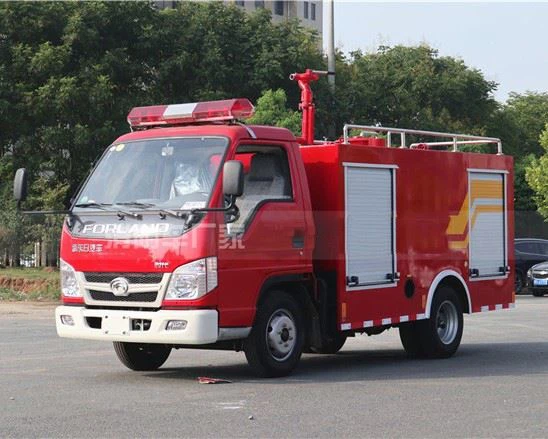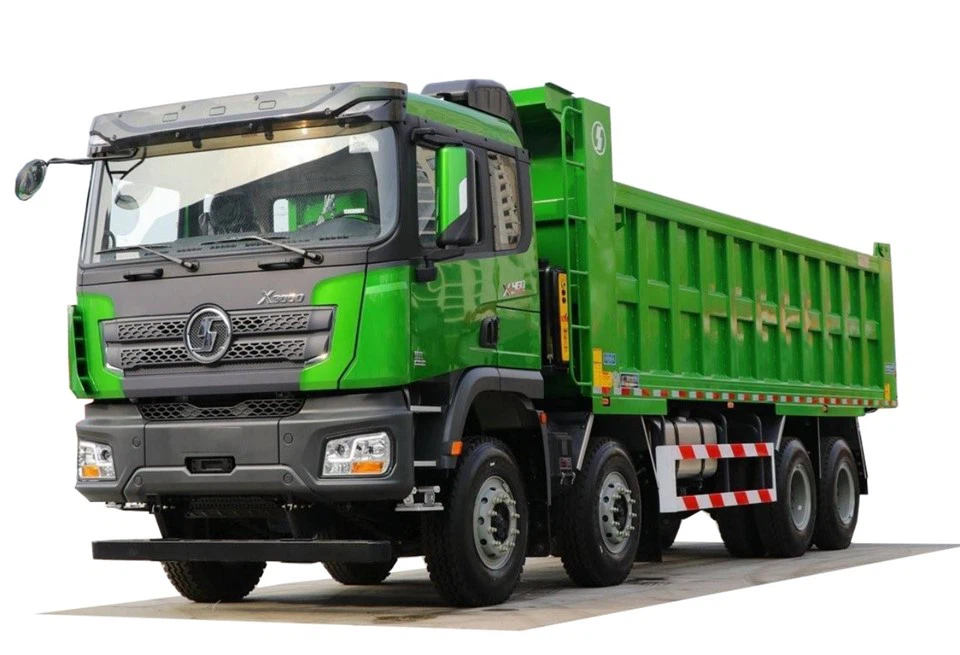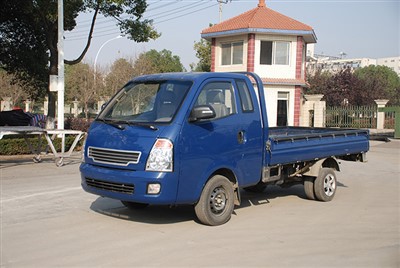Everything You Need to Know About Garbage Can Trucks

Introduction to Garbage Can Trucks
Garbage can trucks, also known as garbage trucks or waste collection vehicles, play a vital role in urban waste management. These specialized vehicles are designed to efficiently collect and transport waste to landfills or recycling facilities. Understanding how these trucks operate, their types, features, and contributions to sustainability is essential for anyone interested in waste management, environmental science, or municipal services.
Types of Garbage Can Trucks
Garbage can trucks come in various shapes and sizes, each suited to specific waste collection needs. Here are some of the most common types:
1. Front-Load Garbage Trucks
Front-load garbage trucks are typically used for commercial waste collection. They have a large container on the front that allows for easy loading of waste bins.
2. Rear-Load Garbage Trucks
These trucks have a hopper at the rear, making them suitable for residential waste collection. Workers can easily access the back to throw garbage into the truck.
3. Side-Load Garbage Trucks

Side-load garbage trucks are engineered for automated collection. They use arms that extend from the side to lift bins, which improves efficiency and reduces labor costs.
4. Compaction Garbage Trucks
Compaction trucks compress the collected waste, maximizing the amount of waste transported. This type is essential for urban areas where space is limited.
Key Features of Garbage Can Trucks
Garbage can trucks are equipped with numerous features that enhance their efficiency and safety. Here are some vital characteristics:
1. Compaction Mechanism
Most garbage trucks have a compaction mechanism that enables them to compact waste materials, allowing for more waste to fit in the truck and reducing the number of trips to disposal sites.
2. Hydraulic Systems
Hydraulic systems play a crucial role in operating the truck’s lifting mechanisms, enabling smooth operation of the loading process.
3. Safety Features
Garbage can trucks are equipped with safety features such as rearview cameras, alarms, and protective barriers to ensure the safety of workers and pedestrians.

4. GPS and Route Optimization
Many modern trucks come with GPS and route optimization software, helping drivers find the most efficient routes and reduce fuel consumption.
The Evolution of Garbage Can Trucks
Garbage can trucks have come a long way since their inception. Here’s a brief overview:
1. Early Models
The first garbage trucks appeared in the early 1900s and were horse-drawn carts. They were inefficient and labor-intensive.
2. Introduction of Motorized Trucks
By the 1930s, motorized garbage trucks were introduced, which significantly improved the efficiency of waste collection.
3. Automation and Innovation
In recent decades, the focus has been on automation. Automated side-loaders have become popular, allowing for single-operator waste collection.
Environmental Impact of Garbage Can Trucks
Garbage can trucks not only collect waste but also have a significant environmental impact. Here’s how:

1. Reducing Greenhouse Gas Emissions
Modern garbage trucks are designed to be more fuel-efficient and produce fewer greenhouse gas emissions. Electric and hybrid models are becoming increasingly popular, offering a sustainable alternative.
2. Promoting Recycling
Many garbage trucks are now equipped to collect recyclables separately, promoting responsible waste management and recycling practices.
Examples of Garbage Can Truck Use in Cities
Several cities have adopted innovative waste collection methods using garbage can trucks. Here are a few examples:
1. San Francisco, CA
San Francisco uses a fleet of automated side-load trucks that enhance efficiency and support the city’s ambitious recycling goals. The trucks are also equipped with GPS tracking to optimize routes.
2. New York City, NY
New York’s fleet includes a mix of rear-load and front-load trucks, with a strong emphasis on recycling services. The city aims to reduce landfill waste significantly through these efforts.
3. Toronto, Canada
Toronto employs a variety of garbage can trucks to serve its diverse neighborhoods, including specialized trucks for hazardous waste and organic materials.
Tips for Maintaining Garbage Can Trucks
Proper maintenance is essential to ensure that garbage can trucks operate efficiently and safely. Here are some actionable tips:
1. Regular Inspections
Schedule routine inspections to check the hydraulic systems, compaction mechanisms, and safety features. This helps prevent breakdowns and ensures compliance with safety standards.
2. Monitor Fuel Efficiency
Keep track of fuel consumption and explore options for more fuel-efficient operations. Electric or hybrid garbage trucks can offer significant savings over time.
3. Employee Training
Provide regular training to drivers and operators on safe handling and operation to minimize accidents and improve overall safety.
Future Trends in Garbage Can Trucks
The future of garbage can trucks looks promising with various emerging trends:
1. Electric and Hybrid Vehicles
As cities strive to reduce their carbon footprints, electric and hybrid garbage can trucks are set to become the norm. These vehicles offer lower emissions and quieter operations.
2. Automation and Smart Technology
With advancements in AI and IoT, garbage can trucks are expected to become increasingly automated. Smart technology will allow for real-time monitoring and efficient route management.
3. Enhanced Recycling and Waste Management
Future trucks may include advanced sorting technologies that allow separation of recyclables from waste at the collection point, improving recycling rates significantly.
Frequently Asked Questions (FAQs)
1. What is a garbage can truck?
A garbage can truck is a specialized vehicle designed for collecting and transporting waste materials to landfills or recycling facilities.
2. How do garbage trucks work?
Garbage trucks usually have a lifting mechanism that allows them to pick up waste bins or containers, compact the waste, and transport it to disposal sites.
3. What types of waste can garbage trucks collect?
Garbage trucks can collect various types of waste, including residential garbage, commercial waste, recyclables, and organic materials, depending on the truck’s design and local waste management laws.
4. Are there eco-friendly garbage trucks?
Yes, many cities are transitioning to eco-friendly garbage trucks, such as electric or hybrid models, which reduce greenhouse gas emissions and noise pollution.
5. How often do garbage trucks collect waste?
The frequency of waste collection varies by municipality, with some areas serviced weekly or bi-weekly, depending on waste volume and local regulations.
6. How can cities optimize garbage collection routes?
Cities can utilize GPS and route optimization software to determine the most efficient garbage collection routes, minimizing fuel consumption and reducing costs.
